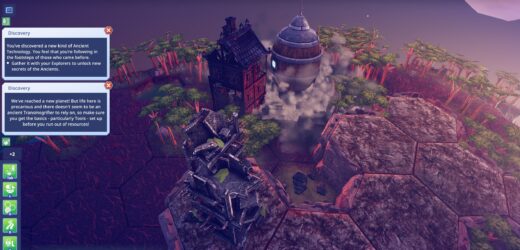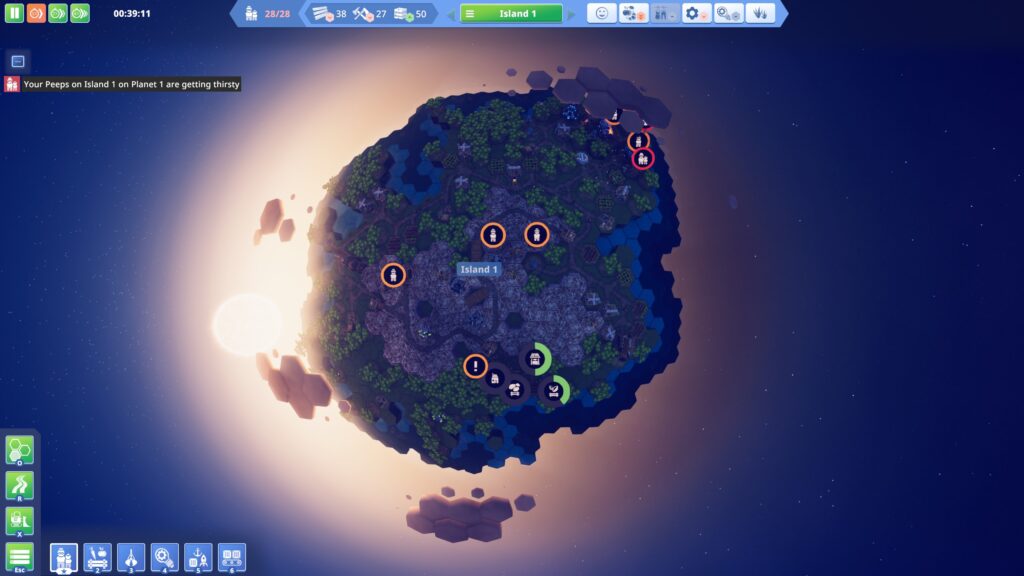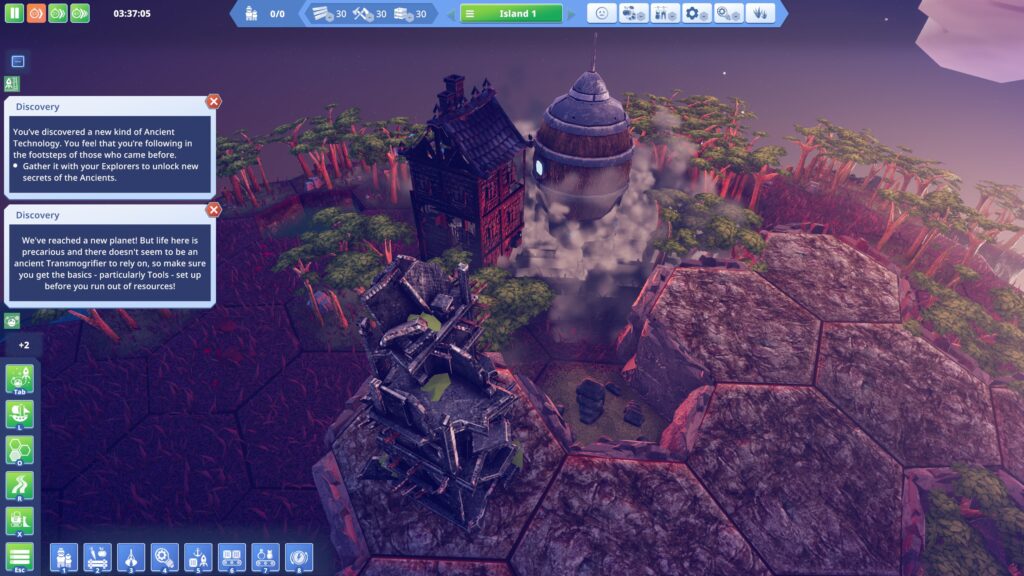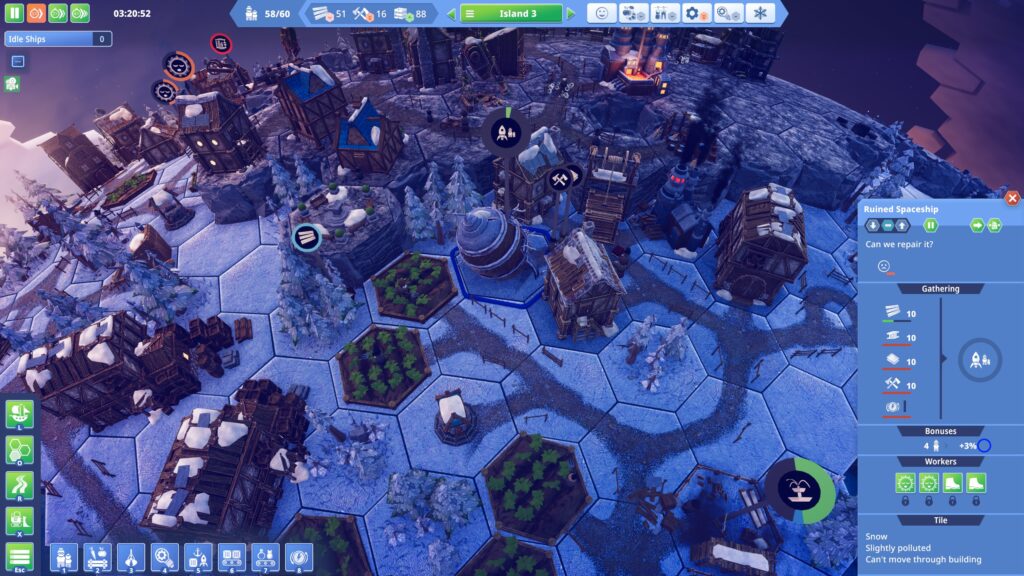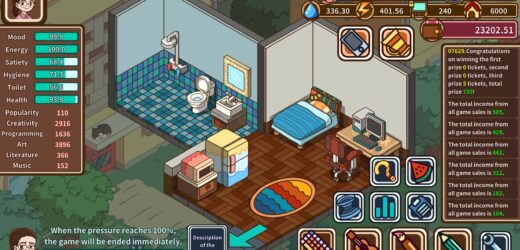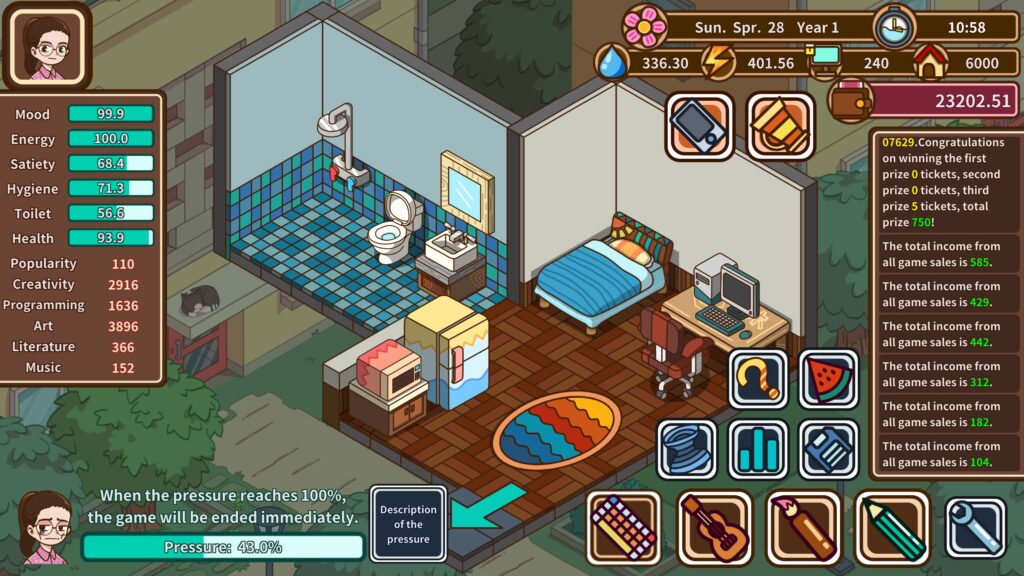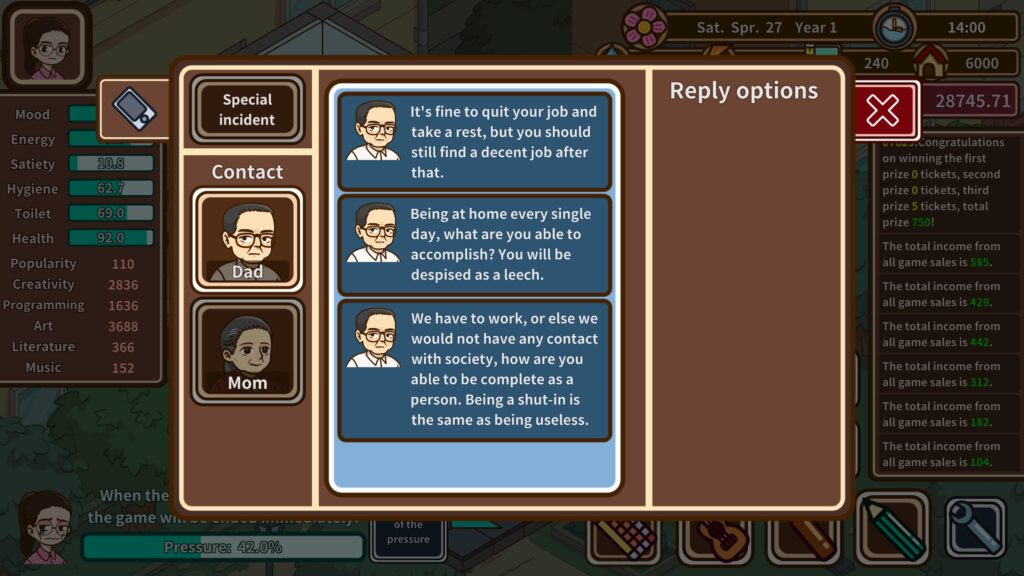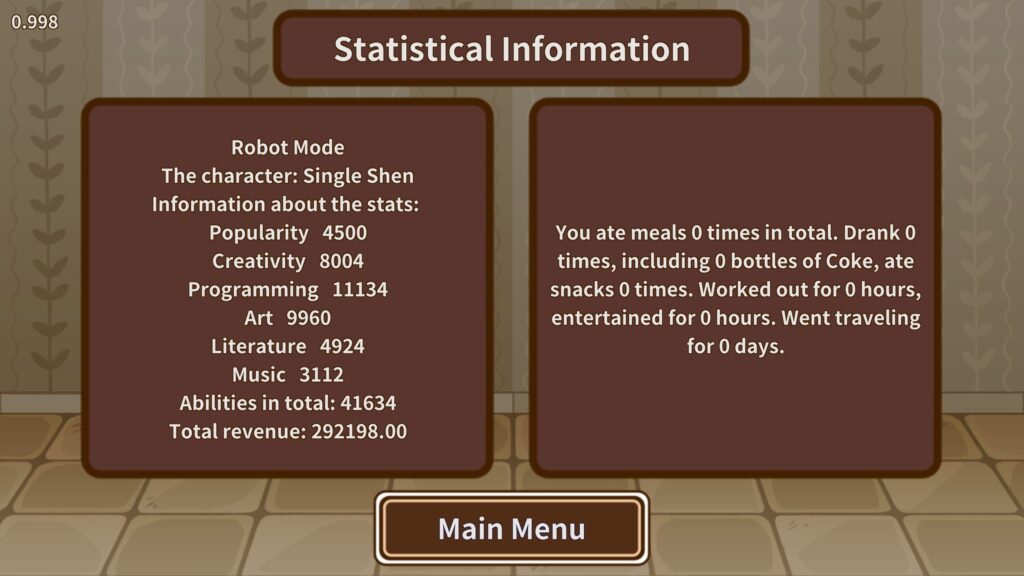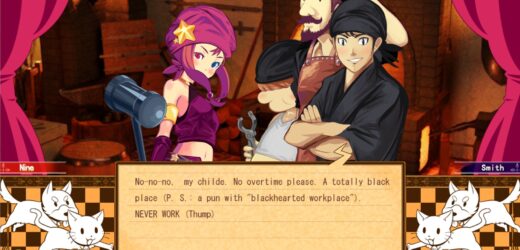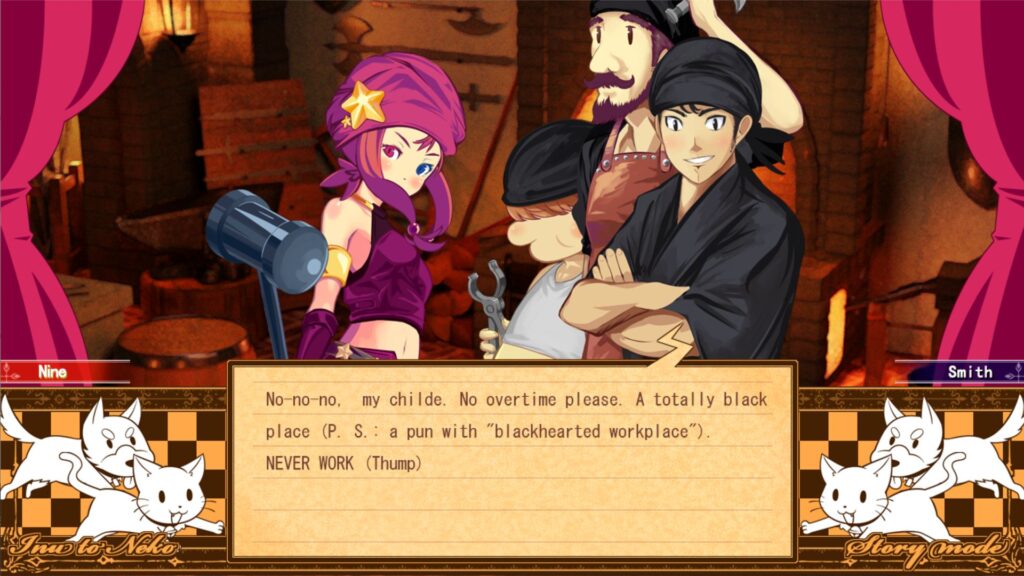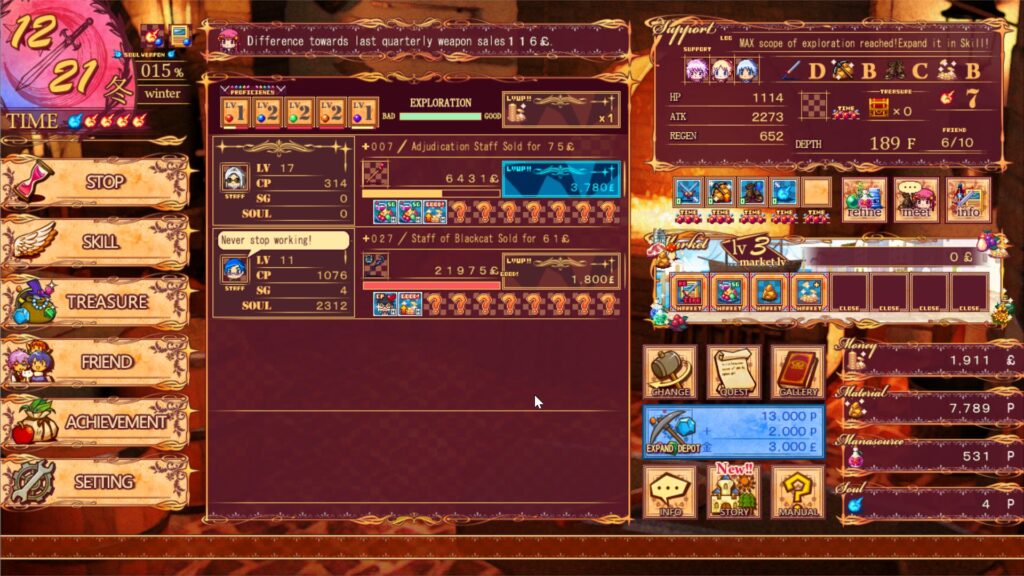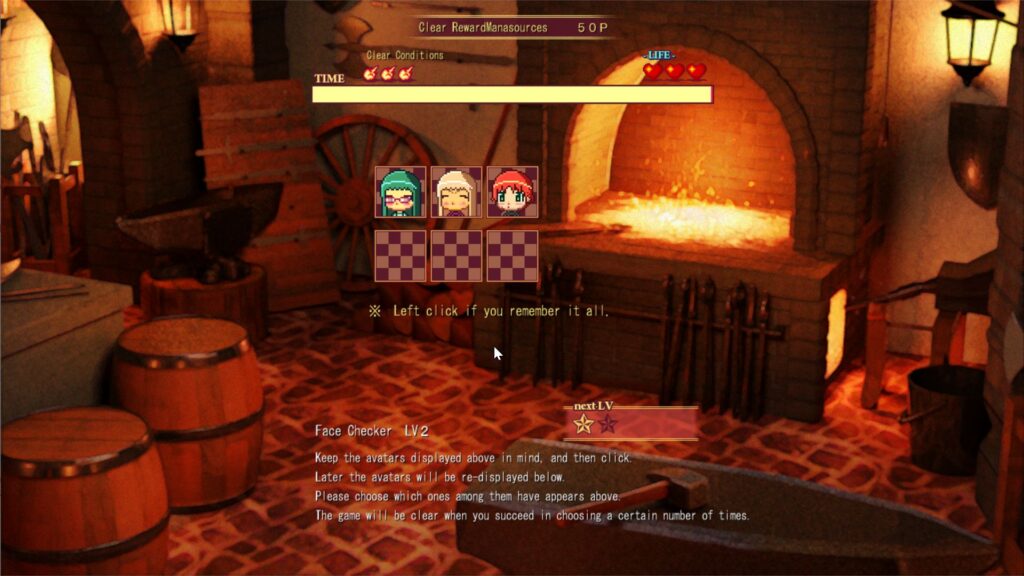Hell Architect (Review)
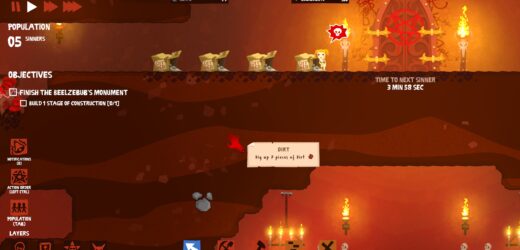
Source: Review Copy
Price: £19.49
Where To Get It: Steam
Much like describing my issues with demons/Lucifer as tempters, knowing where the hell (ha) to start with this review has been difficult for me. But what I can say is that I felt… An odd sense of disappointment with it. Maybe I’m just being picky. Maybe. But nonetheless, let’s start there.
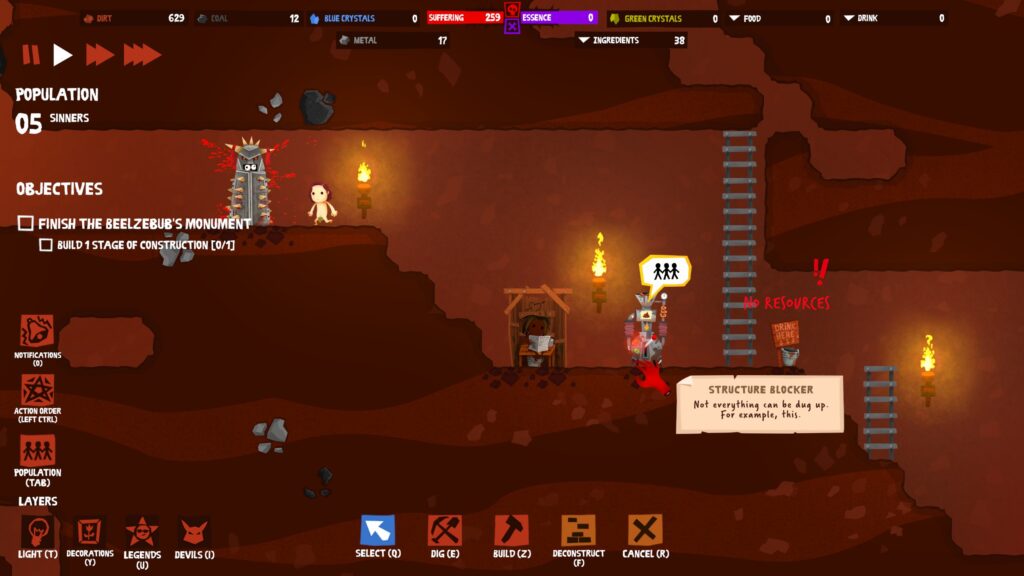
There is, on the surface, nothing wrong with Hell Architect. It’s one of those pauseable real time management and building deals, in which you take care of your sinners while torturing them (sinners, apparently, still need food, drink, and proper toilet breaks (to make drinks) in Hell), building various things to look good to your boss (Lucifer, naturally), set underground (again, this is natural and common imagery of Hell), coming with a sandbox (the most commonly played), a solid tutorial, and scenarios to play with. All well and good.
Except… I can’t help but compare it to an earlier game, not only because of the (very) similar gameplay, but because it’s precisely why I feel so dissatisfied. The game being Oxygen Not Included (review here.)
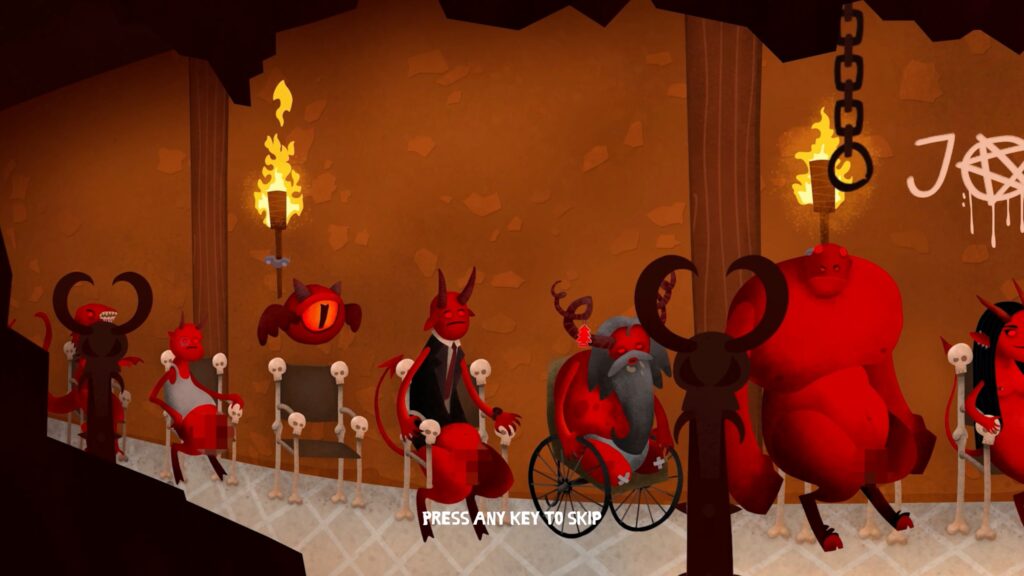
Aesthetically, it’s alright. UX is a little small, even on max scaling (upside: It has UX scaling. No congratulations, devs, this really should be normal across the games industry), but the cutscenes are visually appealing, what’s what is pretty clear, the music’s fitting, and the voice acting’s solid.
But it’s lacking the same character I saw in Oxygen Not Included, except with the torture devices. It… Feels blander, if that makes sense. And this is the thing… If I didn’t have this comparison, it would be an alright game in my book. Hell, it still is, perfectly serviceable, lots of playtime ahead, things to look forward to, tortures, etcetera.

Even so, this is one of those times where, despite my heavy dislike of doing this, I can’t help but compare it to another game, and find it wanting in comparison. Maybe, if you like strategy/management/building type deals, you’ll find pleasure in this. For me, however, it just didn’t gel, even if that feels unfair to say, even to me.
I can’t ignore the emotional component of playing a game, however. That, as well, wouldn’t be fair.
The Mad Welshman doesn’t mind visiting Hell. They’re all pretty chill down there. Very big on responsibility for one’s actions…

